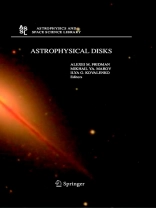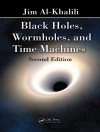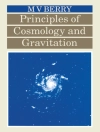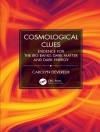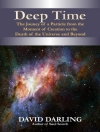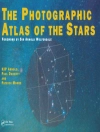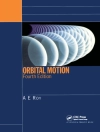In the recent decades the theory and observations of disk systems became one of the fast progressing branches of astrophysics. This was stimulated by expansion of astronomical facilities including space-born and ground based – struments, datastoragewithgrowingresolution, thedevelopmentoftheoretical treatment of the processes involved and their modeling with the use of pow- ful computers. Among these processes, of particular interest and importance is the study of disks structure, their dynamics and evolution resulting in different con?gurations, including self-organization, which are basically relevant to the general problems of non-linear dynamic systems. Discussion of this topic was the main focus of the Colloquium “Progress in the Study of Astrophysical Disks: Collective and Stochastic Phenomena and Computational Tools” that was held from September 9 to 11, 2003 in V- gograd, south-east of European Russia. This book is the Proceedings of a c- ference attended by the leading scientists in the ?eld from around the world, as well as by young scholars, mostly from the Volgograd State University which hosted the event. Altogether, 28 papers were presented, 22 oral ones and 6 posters, followed by valuable discussions. The book emphasises models of the disk galaxies, the nature of galactic vortices, dynamics of accretion disks with density waves, chaotic and ordered structures including turbulence in the accretion disks, numerical modelling of galactic and accretion disks, and the results of their observation.
Table of Content
Invited Papers.- The Over-Reflection Instability: Myth or Reality?.- Chaotic and Ordered Structures in the Developed Turbulence.- Internal Structure of Thin Accretion Disks.- Disc Formation in Binary be Stars.- Accretion Disks Around Black Holes with Account of Magnetic Fields.- Supercritical Accretion Disk in SS433.- Galactic Vortices.- Spiral Perturbations in Disk Galaxies Observed in NIR.- The Role of Ordered and Chaotic Motion in N-Body Models of Elliptical Galaxies Models.- Oral Contributions.- Gamma-Ray Burst Interaction with Dense Interstellar Medium.- Morphology of the Interaction between the Stream and Cool Accretion Disc in Semidetached Binaries.- Computer Modeling of Non-Stationary Gas Quasi-Keplerian Disk.- 3D Structure of Gaseous Disks in Spiral Galaxies.- Hydrodynamical Turbulence in Accretion Discs.- 2D-Simulations of Subcritical and Supercritical Accretion Disks Around Black Holes.- Separate Circumnuclear Stellar and Gaseous Disks in Disk Galaxies.- Bending Instability Galaxies: The Stellar Disk Thickness and the Mass of Spheroidal Component.- Disk-to-halo Mass Ratio Evaluations Based on the Numerical Models of Collisionless Disks.- Posters.- Global Irregularities of Spiral Patterns in Galaxies: Manifestation of hydrodynamic Instabilities?.- The Morphology of Gaseous Flows in Z and in the Active State.- Self-Consistent Gas and Stellar Dynamics of Disk Galaxies: A Problem of Dark Mass.- Numerical Simulation of Expanding Shock Waves in the Young Stars Objects.
About the author
Alexei M. Fridman – world recognized scientist in the field of astrophysics, plasma physics, and non-linear dynamics, full member of the Russian Academy of Sciences, Department Head in the Institute for Astronomy, author of 219 publications in referred journals and 6 monographs.
Mikhail Ya. Marov – world recognized scientist in the field of planetary physics, hydromechanics, and rarefied gas dynamics, corresponding member of the Russian Academy of Sciences, Department Head in the Keldysh Institute of Applied Mathematics, author of 212 publications in referred journals and 11 monographs.
Il’ya G. Kovalenko – a specialist in the field of astrophysics and computational plasma and hydrodynamics, Professor of the Theoretical Physics Department in the Volgograd State University, author of numerous publications in referred journals.
